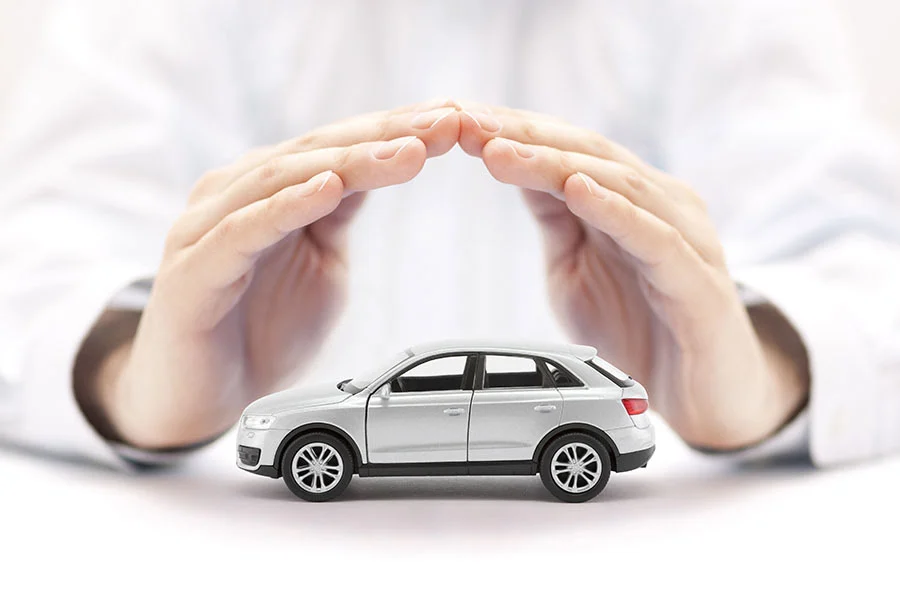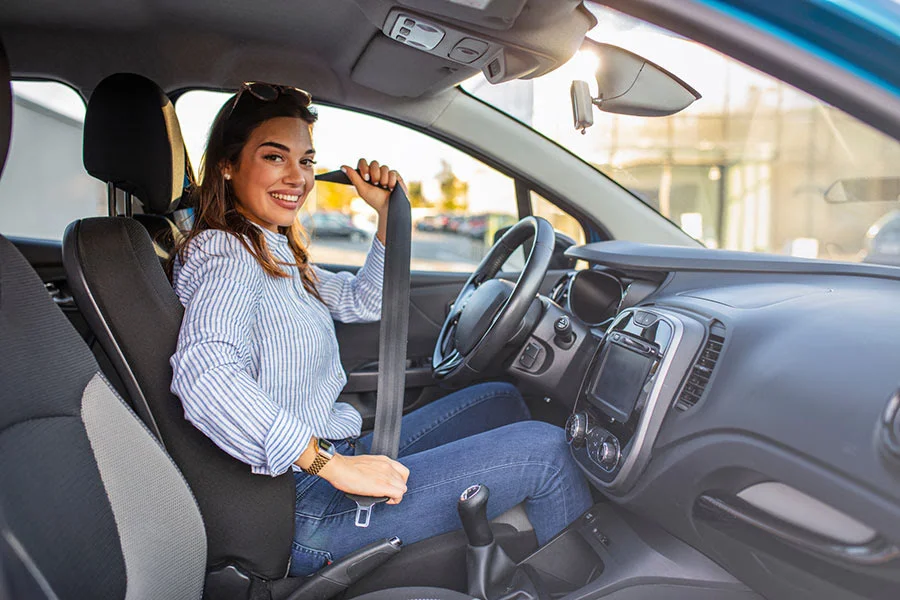Are you concerned about the risks of driving and how to manage potential liability? Being on the road exposes drivers to the possibility of accidents and injuries, along with concerns about liability.
However, there’s a way to navigate these risks effectively. Drivers can manage their liability smartly by adopting a comprehensive approach that combines adequate insurance coverage, vigilant driving practices, and the latest safety technology. This strategy reduces risk and provides much-needed peace of mind.
Let’s examine practical strategies for minimizing exposure, so you can enjoy the freedom of the open road with confidence and security.
Table of Contents
Carrying Adequate Insurance
Maintaining adequate car insurance is vital for financial protection on the road. It covers injury claims or property damage if you’re at fault in an accident. Opting for more than the minimum coverage is advisable, as basic policies may not cover all expenses in significant incidents.
Consider adding features like medical payments for injury-related costs, rental reimbursement for temporary vehicles, and towing and labor for breakdowns. An umbrella policy is also beneficial, offering extra liability coverage beyond your standard policy’s limits.
Regularly reviewing and adjusting your insurance coverage ensures it meets your evolving needs and provides comprehensive protection while driving.
Understanding Coverage
A good grasp of your auto insurance coverage is crucial to ensure you’re well-prepared for any incident. It’s important to be clear about what types of situations are covered and which aren’t, to avoid surprises when filing a claim.
- Collision Coverage: This type of insurance covers vehicle damage from accidents involving other vehicles. This includes scenarios like hitting a tree or other stationary objects.
- Comprehensive Coverage: Comprehensive insurance covers non-collision-related damage to your vehicle. This includes scenarios like vandalism, theft, or natural occurrences such as falling tree limbs.
- Liability Coverage: Liability insurance is essential as it covers injury and property damage that you may cause to others and for which you are legally responsible. This is particularly critical in accidents where the other party suffers losses due to your actions.
Understanding the specifics of your auto insurance policy, along with insights from a rental car insurance guide, helps you navigate and prepare for various road incidents, whether in your vehicle or a rental. Knowing the extent and limits of your coverage allows you to drive with greater confidence and awareness.
Adopting Defensive Driving
Adopting the following defensive driving habits is a proactive way to reduce the risk of accidents and ensure safer journeys on the road.
- Maintain A Safe Distance: Always keep a safe following distance from the vehicle ahead to provide ample time to react to sudden stops or traffic changes.
- Scan For Hazards: Regularly scan the road ahead to identify potential hazards early, helping you anticipate and avoid risky situations.
- Communicate Intentions: Use signals for turns and lane changes well in advance to clearly communicate your intentions to other drivers.
- Observe Traffic Laws: Adhere to speed limits and follow traffic laws diligently, as they’re essential for road safety and order.
- Eliminate Distractions: Focus fully on driving by avoiding distractions like mobile phones or eating, ensuring complete attention to the road.
- Avoid Impairment: Never drive under the influence of alcohol or drugs, or when tired, as impairment significantly reduces driving capabilities.
By adopting these defensive driving practices, you enhance your safety and that of others on the road. These habits promote a responsible approach to driving.
Using Driver Assistance Technology
Modern vehicles come equipped with various technologies that support safer driving and lessen the cognitive burden on drivers.
- Collision Warning Systems: Forward collision warnings alert you to potential dangers ahead.
- Lane Departure Alerts: Lane departure warnings notify you if your vehicle drifts out of its lane.
- Blind Spot Monitoring: This technology detects and alerts you to vehicles in your blind spots, enhancing awareness during lane changes or maneuvers.
- Backup Camera Utilization: Backup cameras provide clear visibility when reversing.
These driver-assistance systems contribute to increasing attentiveness and improving reaction times. Incorporating them into your daily driving routine can lead to a safer and more controlled driving experience.
Monitoring Vehicle Condition
Regularly monitoring and maintaining your vehicle’s condition is vital for safe driving and minimizing the risk of breakdowns or failures that could lead to accidents.
- Adhere To Service Schedules: Follow the manufacturer’s recommended service schedule for your vehicle to ensure it remains in optimal condition.
- Address Warning Signs: Promptly respond to any dashboard warning lights or noticeable symptoms of trouble to prevent potential malfunctions.
- Inspect Tires: Regularly check your tires for proper inflation and tread wear.
- Maintain Visibility: Replace windshield wipers and keep fluids topped up to ensure clear visibility in various driving conditions.
- Carry Emergency Tools: Always have emergency tools and spare parts in your vehicle.
By diligently monitoring and addressing your vehicle’s maintenance needs, you can significantly reduce the chances of breakdowns and enhance overall road safety.
Wrapping Up
Combining conscientious driving habits, regular vehicle maintenance, the latest driver assistance technologies, and adequate insurance can shield you from the risks of the road. Staying proactive in these areas lays the groundwork for confident, safer driving and minimized liability.
With these precautions in place, you can have peace of mind, knowing you’ve taken steps to safeguard your finances and well-being and that of other road users.















